“It is incredible when you stand under the greenhouse and see the scope of the first 22 hectares, then especially so you realize that it will eventually be four times that big,” says Mauricio Revah, CEO of Finka, about the Energy Greenhouse Park under construction in Querétaro, Mexico.
Finka is a greenhouse operator in Mexico’s Agropark and has operated greenhouses under the United Farms banner for a number of years. While the initial principle behind AgroPark was to expand production capacity by forming a sort of cooperative between independently owned greenhouses within the park, this type of collaboration was limited by growers’ desire for full autonomy. Keeping this in mind while not compromising on its growth goals, Finka decided to continue its expansion by building the Energy Greenhouse Park, which is currently under construction near the AgroPark. The Energy Greenhouse Park is being developed through a partnership between Finka and Dutch greenhouse builder Prins Group, with both parties also bringing investors to the table to accelerate the project.
Energy Greenhouse Park will be a greenhouse complex spanning 80+ hectares, with construction divided between three phases and each phase having stages therein. Currently, the construction is in its first phase which will see 22 ha built by the end of 2021. According to Mauricio, Stage 1 of this first stage covers 7.2 ha which will be first planted in August 2021. The second stage will be planted in September 2021 while the third and final stage will be planted in December 2021/January 2022.
The complex’s name comes from Finka’s plan to integrate alternative energy systems into the greenhouse complex to reduce its reliance on the electrical grid, which can be unreliable. Finka has looked into cogeneration, geothermal energy, and solar energy as possible methods of improving electrical sustainability with the Energy Greenhouse Park.
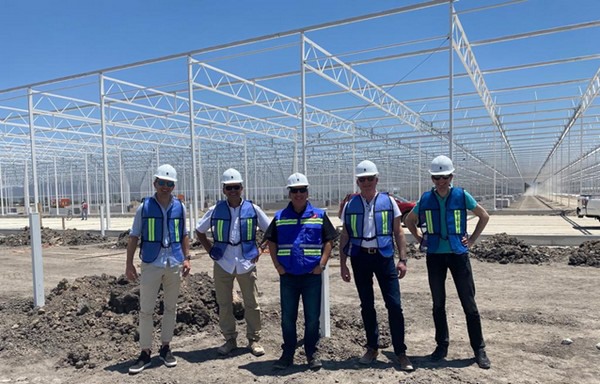
Prins Group and Finka: a decade-long partnership
The construction of the Energy Greenhouse Park is driven by the partnership between Finka and Prins Group, the latter having been operational for roughly 80 years and having completed projects in 50+ countries. Prins Group and Finka have collaborated on numerous occasions, each time improving the design based on newly developed technologies and research.
“Through the years, we have learned how to improve together. In Prins’ first projects with United Farms, we used normal glass. We’ve since moved to diffuse glass and now have upgraded to a higher post height (7.3 m), Together, we have helped each other grow,” says Marco Zwinkels, commercial responsible with Prins Group.
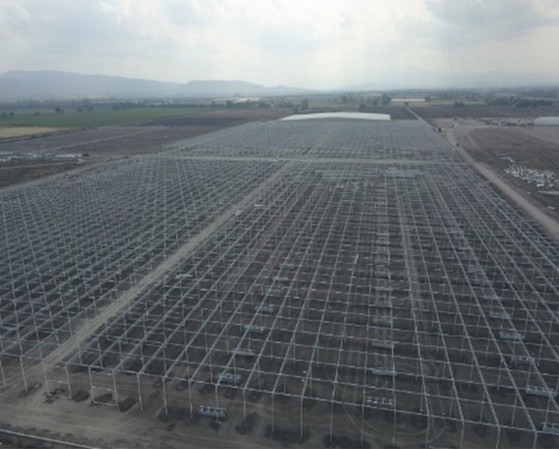
Finka has operated plastic greenhouses but has ultimately decided that glass is the more logical option for the company. According to Mauricio, some people compare glass- and plastic-based mainly on capital expenditure. With glass costing roughly 50% more than plastic, it would have been easy for the Greenhouse Energy Park to opt for polyethylene-covered structures. Instead, the entire complex will be glazed with glass due to the improved returns in the long run.
“If you take into account the higher maintenance, lower-light transmission, and increased downtime in plastic greenhouses, we see that glass simply performs better. Many people think that to just the 50% higher cost of glass, the greenhouse needs to produce 50% more. But if you consider the long life span and tell me that I need 1.5% extra return to pay for the increased capital expenditure, that is very doable,” explains Mauricio.
With their partnership dating back nearly a decade, Finka and Prins’ history has reportedly played a major role in the project’s success, especially during the uncertainty of the COVID-19 pandemic.
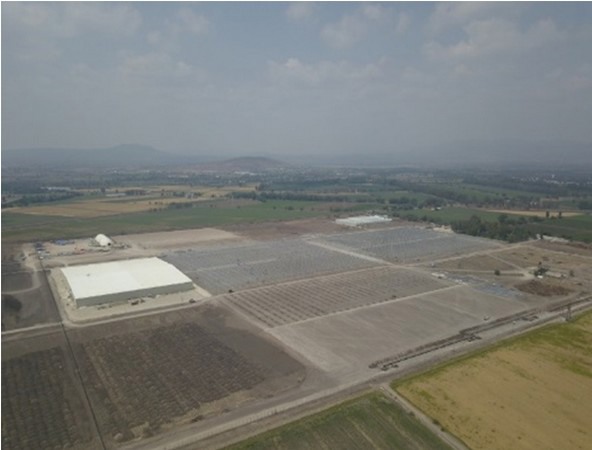
“If this project wasn’t based on a trustworthy relationship, it would have been much harder. There are a lot of contracts to manage as well as challenges with procurement, pricing, delivering, etc. At Finka and United Farms, we have proven ourselves as operations but also as partners. Prins is one of these partners and it helps that they also know how to work with our other partners,” explains Mauricio.
Training Finka’s next generation of growers
With a background in agricultural economics, Mauricio noted that his expertise is in improving input use efficiency, planning, and execution. And while labor-saving technologies having improved greenhouse operational capacity with fewer people, Mauricio notes that the industry will always need people. According to Mauricio, the availability of local labor is a major advantage that Mexico holds over Canada and the United States.
“If you ask me what advantage the Mexican greenhouse industry has over Canada and the United States, I wouldn’t say the climate or solar radiation. You get as much sunlight in Texas as you do in Mexico, but you don’t find young people who want to grow in the greenhouse,” says Mauricio.
Mauricio explains that Finka is working to develop its own training programs to connect agricultural students with the greenhouse industry during their last year of college. The goal will be to teach the specifics of controlled environment agriculture by the next generation of growers to greenhouse technology and procedures.
“In Mexico, the market, technology, and environment are there. The industry is limited by the operational capacity. A lot of universities teach agriculture but not the specifics of controlled environment agriculture. The course will allow them to make intelligent decisions in the greenhouse with respect to pest control, labor management, productivity, maintenance, etc.,” explains Mauricio.
Combining the Energy Greenhouse Park construction with Prins Group and its training programs, Finka is poised to remain one of the largest greenhouse operators in Mexico and looks forward to continued expansion throughout the decade.
For more information: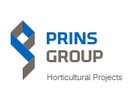 Prins Group
Prins Group
Bovendijk 38
2295 RZ Kwintsheul, the Netherlands
info@prinsgroup.com
www.prinsgroup.nl
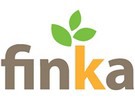
Finka
www.unitedfarms.mx
